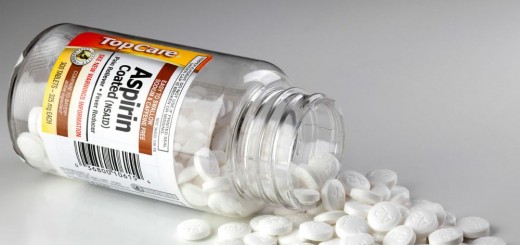PPR Pipes vs Copper Pipes – Pros And Cons
This is the dilemma that you inevitably run into when installing a central heating system, change the radiators or embark upon an ambitious home renovation. If you ask an old conservative plumber, he will surely point to the copper pipes which he may say are both aesthetic and practical. If you ask a younger plumber, more flexible and upgraded professionally, he will say PPR is a more efficient option, especially from a financial perspective. So let’s now take a look at the pros and cons of PPR pipes vs copper pipes so you find it easier to make the best choice for your home.
First of all, you need to know that, as concerns the manual labor, both the PPR and the copper pipes implies the same working time. Another resemblance between the two is that both of them resists corrosion, unlike steel and cast iron. When it comes to differences, note that copper is more expensive because the price of copper fluctuates with the demand for raw materials, with the difference amounting to at least 20 per cent.
As a new type of pipe material, PPR pipe has a unique advantage. It can be used as a cold water pipe, hot water pipes can also be used. PR pipe interface with hot-melt technology, fully integrated between the tubes together. So once installation and pressure test passed, there are not the same as the aluminum pipe leaking a long time on the aging phenomenon. Advantage: moderate price, stable performance, heat insulation, corrosion resistance, smooth inner wall, safe and reliable, does not penetrate, use fixed number of year can be up to 50 years. In its turn, copper’s durability is guaranteed for 30 years.
A net pro for the PPR pipes also resides in the fact they are more corrosion resistant that copper pipes. So this types of plumbing is recommended for homes still connected to an urban centralized heating system which undergo periodical cleaning process based on chemical substances which can affect the copper.
On the other hand, from an aesthetic perspective, copper pipes score a big point. PPR pipes are massive and unaesthetic, with bulky fittings and larger than the pipe itself, sometimes forcing owners to cover them, while the copper pipes are slimmer. The latter can also be painted in different colors so to match the home décor. PPR pipes can also be painted, but paint peels off sooner.
Compared to PPR, coper pipes are also more resistant to mechanical shocks and more enduring since most of the copper installation is welding. Still, copper pipes have a lower sound proofing capacity than PPR pipes.
Sources: Carpat-instal.ro, Mesterulcaseiaici.blogspot.ro, Zjqng.com



















You forgot to mention that copper can be swell at higher price after 30 years but PPR will be just scrap..
PPR will be scrap after 50 years….maybe.
Are you looking at copper as an investment or plumbing?